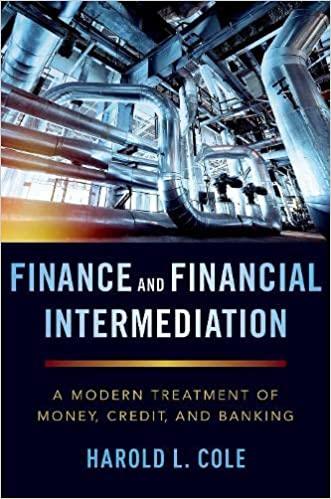a. Calculate the expected rete of retum, r^B, for stockB(rA=10.80%.) Do not round intermediate cakulations. Round your answer to two decimal places: \% b. Calculate the standard deviation of expected returns, for 5 tock A(a=18.32%.) Do not round intermediate calculations. Round your answer to two decimal places. Now calculate the coeffient of variation for Stock 6 . Do not round intermediate calculations. Round your answer to two decimal places. Is it pessble that most investors might regard stock B as being less risky than Stock A ? 1. If stock B is moce highly correlated with the market than A, then it might have a higher beta than stock A, and hence be less risky in a portfolio sense. 11. If 5 tock B is more highly correlated with the market than. A, thes it might have a Wower beta than Stock A, and hence be less risky in a portfolio sense. III. If Stock B is mpre highly correlated with the market than A, then it might have the same beta as 5 tock A, and hence be just as risky in a portfolio sense. IV. If 5 tock B is less highly correlated with the market than A, then it might have a lower bets than Stock A, and hence be less risky in a portfelio sense. V. If Stock B is less highly correhated with the market than A, then it might have a higher beta than 5 teck A, and hence be mare risky in a portiolio sense. c. Assume the risk-free rate is 3.5\%. What are the Sharpe ratios for 5 tocks A and B7 Do not round intermedlate calculations. Round your answers to four decimal places. Stock A: Stock B: c. Assume the risk free rate is 3.5%. What are the Sharpe ratios for Stocks A and B? Do not round intermediate calculations. Round your answers to four decimal places. Stock At Stock B : Are these calculations consistent with the information obtained from the coefficient of variation calculations ia Part b? 1. In a stand-aione risk sense A is more risky than B. If 5 tock B is less highly correlated with the market than A, then it might have a lower beta than Stock A, and hence be less risky in a portfolio sense. It. In a stand-alone risk sense A is more risky than B, If Stock B is less highly correlated with the market than A, then it might have a higher beta than Stock A, and hence be more risky in a portfolio sense; 111. In a stand-alone risk sense A is less risky than B. If Stock B is more highly correlated with the market than A, then it might have the same beta as Stock A, and hence be just as rishy in a portfolio sense. IV. In a stand-alone risk sense A is less risky than B, If Stock B is less highly correlated with the market than A, then it might have a lower beta than Stock A, and hence be less risky in a portfolio sense. V. In a stand-alone risk sense A is less niky than B. If Stock B is less highly correlated with the market than A, then it might have a higher beta than Stock A, and hence be mere risky in a portfollo sense








